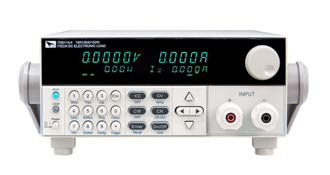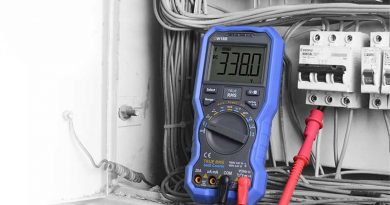Top 5 Programmable DC Electronic Loads 2021
The list of testing equipment is getting longer, to make it easy for our customers here are the top 5 electronic DC programmable loads 2021. With the advancing of Electric Vehicle (EV) and battery development, good DC programmable loads is a must-have. Furthermore, the electronic load plays a big role in testing these batteries for fire hazards, performance, and stress levels. If you don’t know what a Programmable DC Electronic Load is don’t worry just keep reading.
Table of Content
- What is a DC Programmable Electronic Load?
- Array Programmable DC Electronic Load 360 Volt 30 Amp 150W CSI3710A
- ITECHProgrammable DC Electronic Load 500V 10A 150W IT8511B-PLUS
- ITECH Programmable DC Electronic Load 150V 30A 300W IT8512A-PLUS
- Programmable DC Electronic Load 150V 30A 300W Siglent SDL1030X-E
- Programmable DC Electronic Load 240 Volt 150 Amp 2kW Array 3751A
- Conclusion.
What is a DC Programmable Electronic Loads?
A DC programmable electronic load is a type of instrument that simulates a system working and consuming power. A DC programmable load is used by the power supply, EV battery, or other manufacturers who want to thoroughly test their power sources. Manufacturers of these products need to test their supplies dynamically. For instance, simulating an EV during operation to demonstrate compliance to quality and safety standards.
Want to learn more about Electric Vehicle? This article Electric Vehicles for Federal Fleets provides plenty of resources.
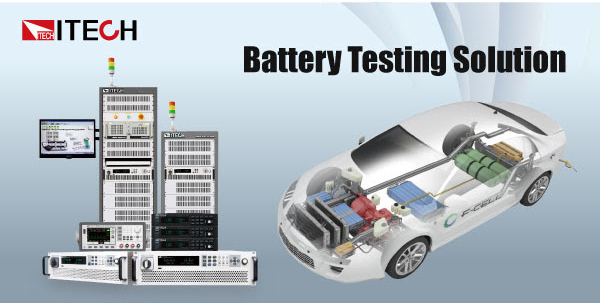
Before buying a DC electronic load, you need to find out a couple of things:
- What are the lowest & highest voltage points that you need the DC electronic load to read?
- What is the highest current operating point that the electronic load may need to read?
- Does the DC electronic load have front panel connections? This may be critical to reduce cable drop and increase the accuracy of the electronic load.
- What is the maximum power the electronic load need to prduce?
- Can your electronic load be quickly reconfigured for changing applications?
Let’s go shopping for Programmable DC Electronic Loads.
Programmable DC Electronic Load 360 Volt 30 Amp 150W Array CSI3710A
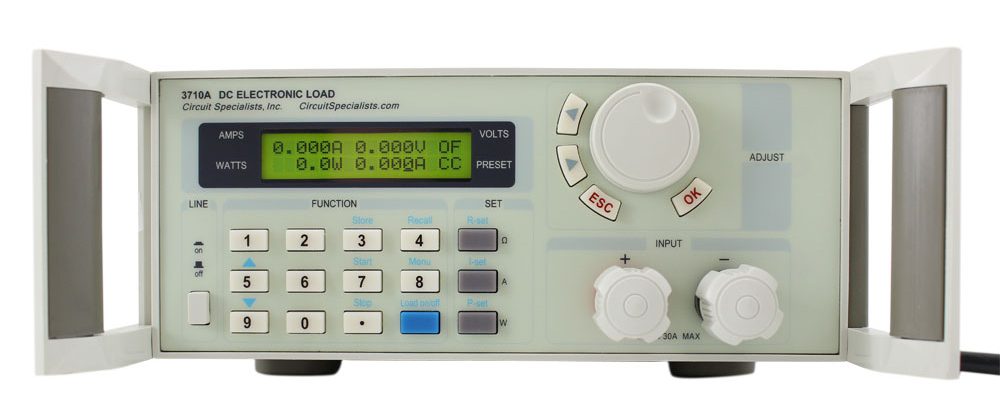
The CSI3710A is capable of supporting a maximum of 150 watts of power in any combination of 360 volts and 30 amps. This DC electronic load’s large capacity makes it useful with a huge combination of batteries, power cells, or power supplies.
The 3710A DC electronic load is ideal for use in labs, research applications, battery testing, and maintenance facilities. This DC load is an ideal testing device for calibrating DC power supplies and high-capacity batteries alike. The 3710A Programmable DC load also features internal memory. Furthermore, the unit can also connect to a PC to control and supervise load operations remotely.
Pro
- Hig Voltage Input.
- Low cost.
Con
- Low current input.
- Dont have any built-in funtion or feature.
Programmable DC Electronic Load 500V 10A 150W ITECH IT8511B-PLUS
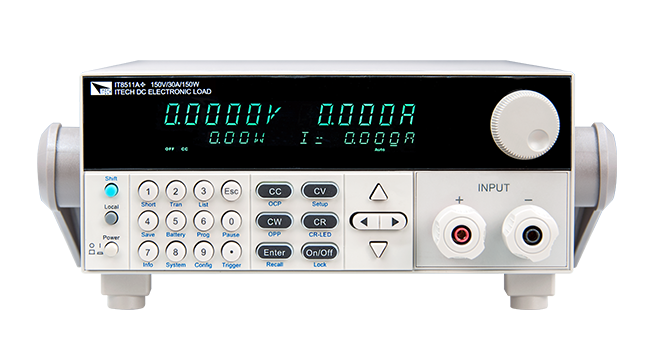
The ITECH IT8511B-PLUS is capable of 500V 10A 150W. The IT8511B-PLUS often uses for middle & high-end applications. Furthermore, the electronic load offers multiple solutions according to the customer’s design and testing requirements. In addition, the user can perform online voltage measurements and adjustments or simulate short circuit tests using the simple keypad on the front panel. Finally, the IT8511B-PLUS has a Dynamic test function and battery discharge test function built-in, these features are often not included.
Pro
- Hig Voltage Input
- Built-in battery discharge test function
- Dynamic test function
Con
- Low current input
- More expensive than the one with similar spec
Programmable DC Electronic Load 150V 30A 300W ITECH IT8512A-PLUS
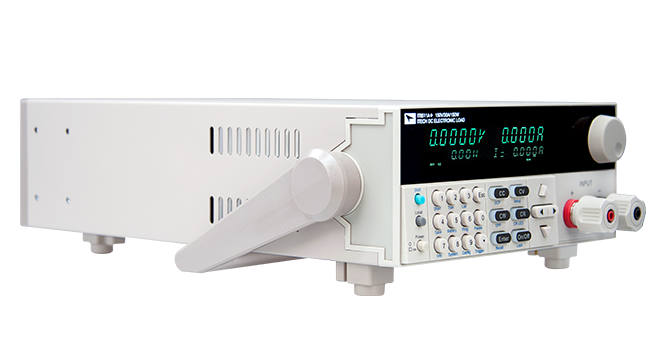
ITECH IT8512A-PLUS is capable of 150V 30A 300W, single-channel programmable DC electronic loads are designed for middle & high-end applications. Moreover, the user can perform online voltage measurements and adjustments or simulate short circuit tests using the simple keypad on the front panel. In addition, the electronic load comes with a battery test function, automatic test function, OPP test, OCP test function, and CR-LED function. Moreover, the IT8511B-PLUS has a Dynamic test function and battery discharge test function built-in, these features are often not included.
Pro
- Hig voltage Input
- Medium current input
- Built-in battery discharge test function
- Dynamic test function
Con
- Availability.
Programmable DC Electronic Load 150V 30A 300W Siglent SDL1030X-E
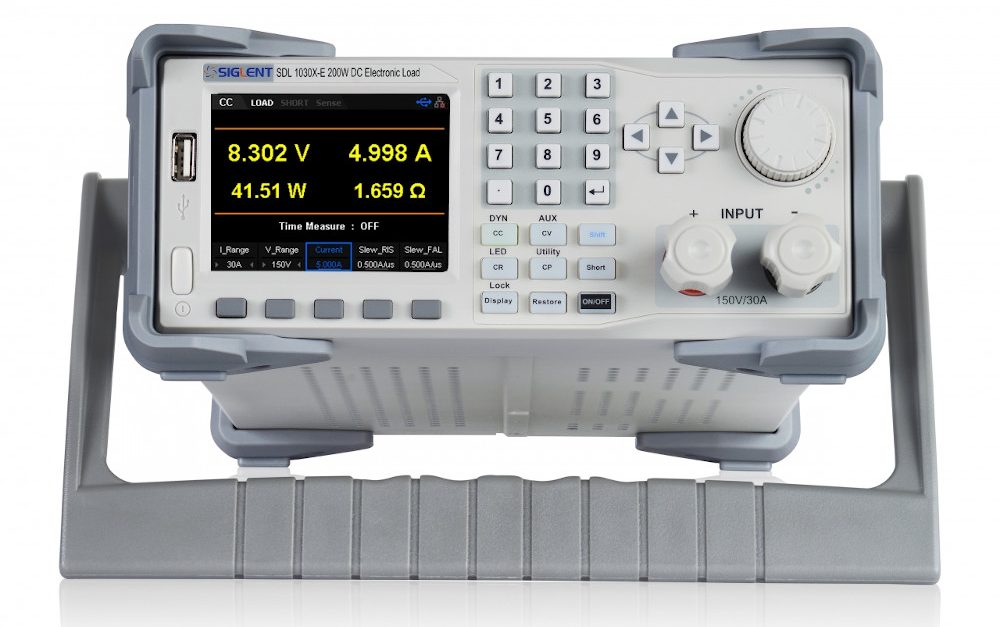
The SDL1030X-E is capable of 150 V 30 A 300 W. The SDL1030X-E features a measurement resolution of 1 mV/1 mA. Moreover, for communication and control, the SDL1030X-E includes RS232/USB/LAN interface types. The SDL1030X-E delivers stability over a wide range of applications and can meet all kinds of testing requirements such as EV battery, handheld device design, and aerospace. Finally, the SDL1030X-E features a measurement resolution of 1 mV/1 mA., which is very high accuracy for the price of the unit.
Pro
- Medium current input.
- High measurement resolution.
- Wide range of applications.
Con
- Expensive compare to the power that can be produced.
Programmable DC Electronic Load 240 Volt 150 Amp 2kW Array 3751A
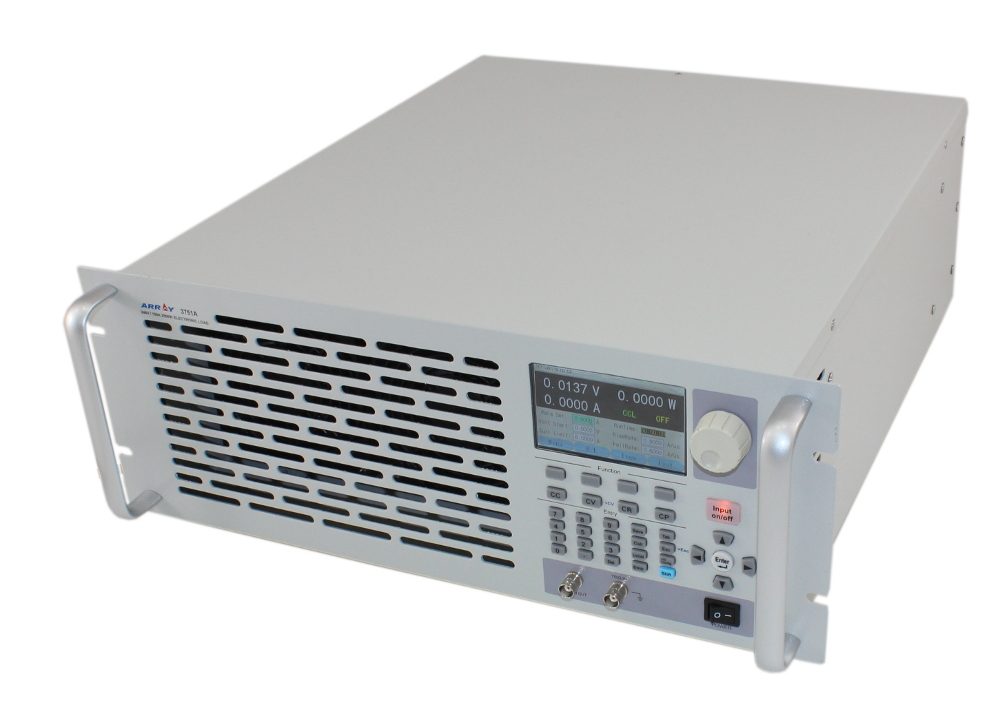
The Array 3751A is a 240 V 150 A 2.0kW Programmable DC Electronic Load. This unit is designed for heavy-duty applications such as grid testing, battery station testing. On top of that, the unit is a user-friendly HMI, as well as an RS232 interface to support SCPI and Labview.
The Array 3751A programmable DC offers four sets of test programs:
- Firstly, constant current, from 6 amps up to 150 amps at 1.0 mA resolution.
- Secondly, constant voltage, from 0 to 240 volts at 1mV resolution.
- Finally, constant resistance and constant power, up to 2,000 watts at 1mW resolution.
Beyond these standard tests, there are a few auxiliary functions that allow more specific testing: high-speed sequencing, high-speed transient, short circuit, and battery discharge.
Pro
- High power application.
- Auxiliary functions that allow more specisic testing.
Con
- Expensive.
- Limited to high power testing serniro only.
Conclusion
In conclusion, from a life-cycle perspective, battery performance and health really are the key to it all. In addition, the battery is the EV’s most expensive component in an electric vehicle. Moreover, the degree of degradation will affect the vehicle’s residual value (which helps answer the cost question from above), and will also have a direct impact on the maximum usable range over time. This is one of the reasons the manufacture wants to test these batteries’ health before shipping them out. In other words, the test engineers would need to pick the correct DC electronic that fit the requirement of the test is very important. Finally, failing to do so could ultimately cause an accident that we could all prevent.
